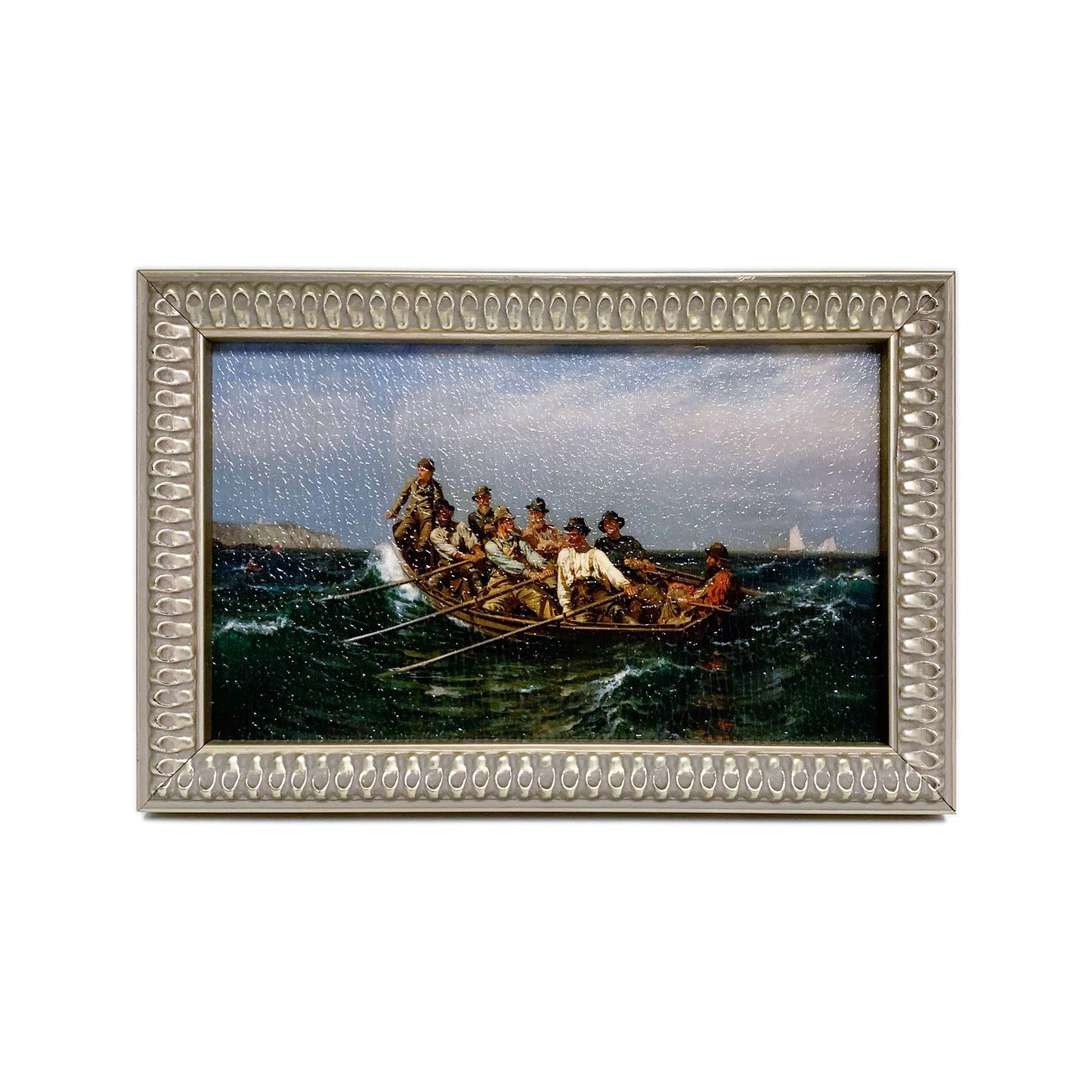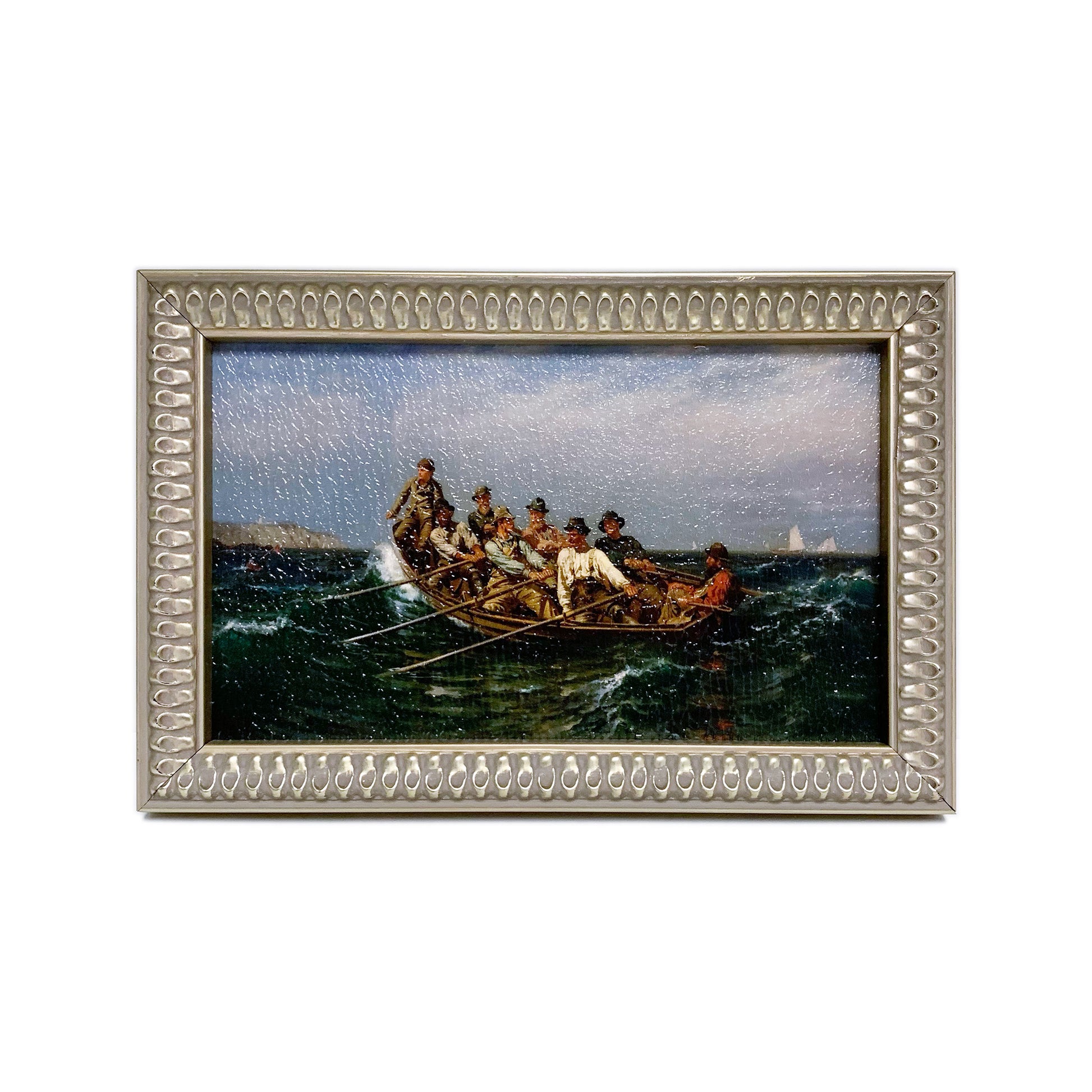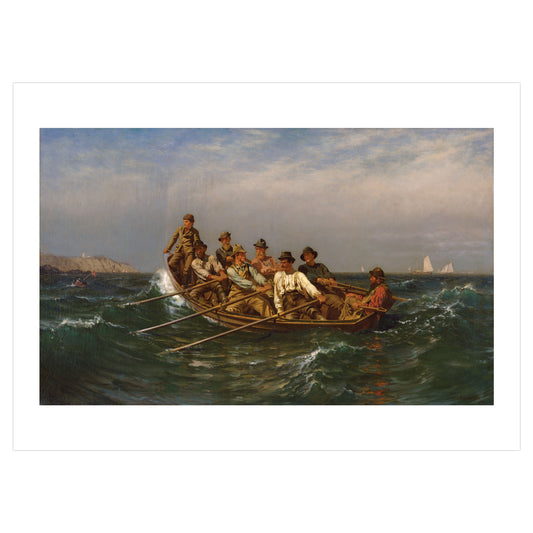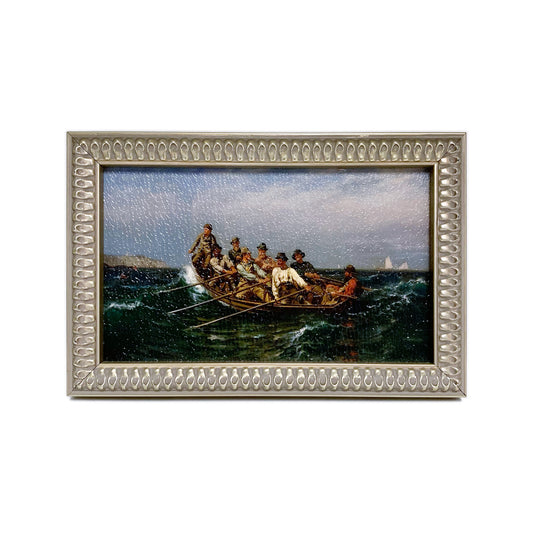Small Framed Print, Pull for the Shore by John George Brown
Small Framed Print, Pull for the Shore by John George Brown
In stock
Couldn't load pickup availability
Our small framed prints are tiny treasures from the Chrysler Museum's collection. With a textured surface, and custom framed to fit the image, these prints are suitable for a powder room, entry hall, or any small space. A label on the back identifies the artist, and title of the work.
John George Brown
American, 1831–1913
Pull for the Shore, 1878
- Custom framed textured small print
- Hanging hardware included
- Frame style may vary from that pictured
Product Details
Product Details
- Product type: Print
- Shipping Dimensions: 4.875 × 7.375 × 0.75 inches (12.4 × 18.7 × 1.9 cm)
- Shipping Weight: 0.61 lb (9.8 oz; 277 g)
- SKU: SKU: SKU010009275
In these collections: All Products, Chrysler Museum of Art, Gifts Under $50, Home Décor, John George Brown, Made in USA, and Prints & Reproductions.
Share

-
Chrysler Exclusive
Available only from the Chrysler Museum Shop.
-
Made in USA
Products made in USA support the American economy, and reduce the environmental impact of transporting goods around the globe.

About the
John George Brown
At the dawn of the twentieth century, J.G. Brown (American, 1831-1913) was America's richest and best-known genre painter. Born and raised in England, Brown trained in a glass-cutting factory in Newcastle-on-Tyne, though he took evening art classes both in Newcastle and, later, at the Trustees Academy in Edinburgh. In 1853, following a brief stint in London as a portrait painter, he sailed for America and settled in Brooklyn. By 1860 he had moved to New York and secured working space in the newly opened Tenth Street Studio Building, the city's most prestigious atelier.
More John George Brown
-
Postcard: "Pull for Shore," by John George Brown
Regular price $1.25 USDRegular priceUnit price / per -
Small Framed Print, Pull for the Shore by John George Brown
Regular price $39.95 USDRegular priceUnit price / per -
Pull for the Shore Magnet
Regular price $3.00 USDRegular priceUnit price / per




